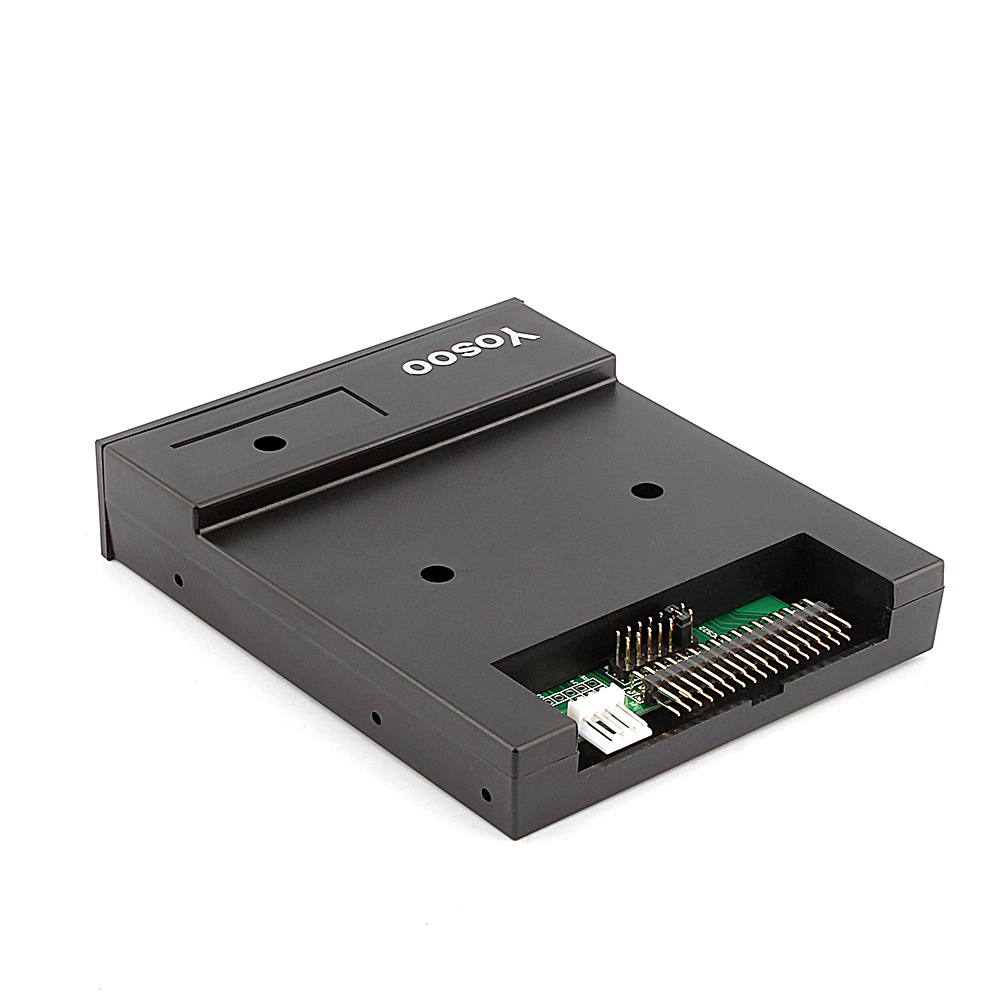

- Usb format tool floppy emulator ver 1.40i manual#
- Usb format tool floppy emulator ver 1.40i software#
If you use an interface program like the disk emulator, you will have to jump through the hoops of using that to manually load the files through their interface. That way you can use the selector on the front to pick what disk you want to be using and treat it like a physical disk (drag/drop files, etc). Put one in the machine and one in your computer.
Usb format tool floppy emulator ver 1.40i software#
You could spend a while trying various bits of software to make it work, but given your comment about not being a computer person, I think you would be better off buying a pair of new ones. It formats the floppy to act like there are numerous floppy disc spaces on the USB, that is what the numbers correlate to. Its also used to put the files on to the USB. The Program I use to format the USB is called 'CNC Floppy Emulation Manager Tool V3.500'.
Usb format tool floppy emulator ver 1.40i manual#
The manual for CNC Floppy Emulation Manager Tool that th90 mentioned says that it requires 7mb per disk and is compatible with floppy disk images. My TM-1 floppy drive died so I replaced with a USB. The one I linked above uses slightly more memory than the size of the disk itself because it is just writing to memory locations and ignoring all the metadata.

The windows gui will only let you pick the file formats it thinks are your best options.ĭoing some more research on a variety of these emulators, there appear to be several methods in use to encode the different disks. Rufus ( Rufus - Create bootable USB drives the easy way) is a good program for testing out various formatting options on a drive. The FAT16 vs FAT32 is something that is likely to trip you up as well.


 0 kommentar(er)
0 kommentar(er)
